Home>Furniture & Design>Bathroom Accessories>How To Unclog A Bathtub Without A Plunger
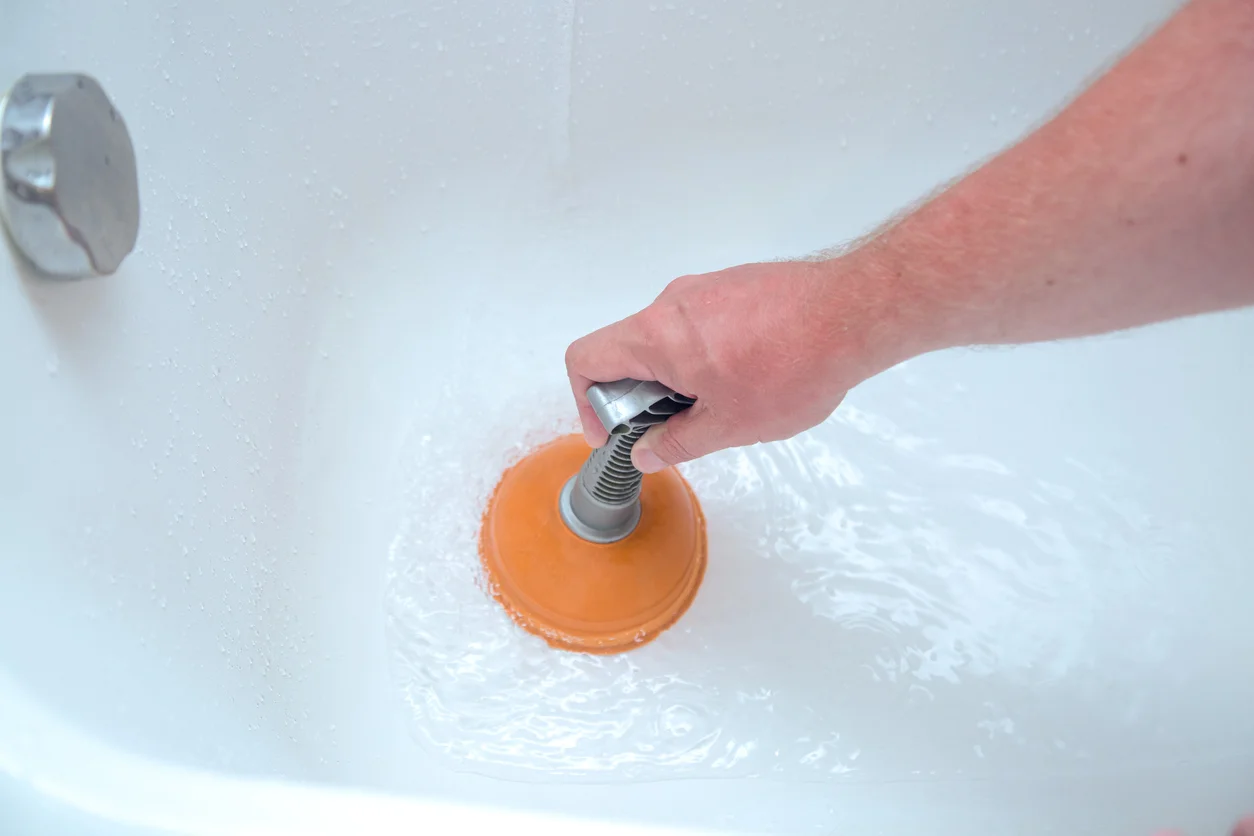

Bathroom Accessories
How To Unclog A Bathtub Without A Plunger
Modified: March 2, 2024
Learn effective methods for unclogging a bathtub without a plunger using common bathroom accessories. Keep your drains clear and flowing smoothly.
(Many of the links in this article redirect to a specific reviewed product. Your purchase of these products through affiliate links helps to generate commission for Storables.com, at no extra cost. Learn more)
Introduction
Dealing with a clogged bathtub drain can be an inconvenience that disrupts the flow of your daily routine. Whether it's due to a buildup of hair, soap scum, or other debris, a clogged bathtub drain can quickly escalate from a minor nuisance to a major headache. While reaching for a plunger might be the first instinct, there are alternative methods that can effectively unclog a bathtub drain without the need for this traditional tool.
In this comprehensive guide, we will explore four effective methods for unclogging a bathtub drain without a plunger. From using common household items like baking soda and vinegar to employing simple yet ingenious techniques, you'll discover practical solutions to tackle this common household issue. By following these methods, you can restore the smooth drainage of your bathtub and avoid the inconvenience and expense of calling a professional plumber.
So, if you find yourself facing a stubbornly clogged bathtub drain and don't have a plunger at hand, fear not! With a bit of resourcefulness and the right approach, you can tackle this challenge head-on and restore your bathtub to its fully functional state. Let's dive into these alternative methods and equip ourselves with the knowledge to effectively unclog a bathtub drain without a plunger.
Key Takeaways:
- Say goodbye to clogged bathtub drains! Use baking soda and vinegar or boiling water to unclog without a plunger. It’s easy, eco-friendly, and keeps your drain clear.
- No plunger? No problem! Grab a wire hanger or dish soap and hot water to tackle bathtub clogs. These simple methods are effective, budget-friendly, and environmentally safe.
Method 1: Baking Soda and Vinegar
When it comes to unclogging a bathtub drain without a plunger, the combination of baking soda and vinegar can be a powerful and natural solution. This method is not only effective but also environmentally friendly, making it a popular choice for those seeking a non-toxic approach to drain maintenance.
To begin, remove any standing water from the bathtub to ensure that the mixture can work its magic unimpeded. Start by pouring one cup of baking soda directly into the drain. Follow this with one cup of vinegar, which will react with the baking soda to create a fizzy, bubbling action. This chemical reaction helps to break down the buildup of hair, soap scum, and other debris that may be causing the clog.
After pouring the vinegar, immediately cover the drain with a stopper or a cloth to contain the fizzing action within the drain. Let the mixture sit for at least 30 minutes to allow the chemical reaction to loosen and dissolve the clog. During this time, the bubbling action will work its way through the drain, helping to dislodge the blockage and restore proper water flow.
Once the waiting period is over, remove the stopper or cloth and carefully pour boiling water down the drain. The hot water will help flush away the loosened debris, further clearing the drain and restoring its functionality. If the clog persists, you may repeat the process or consider using a plumbing snake to dislodge any remaining obstruction.
This method offers a gentle yet effective approach to unclogging a bathtub drain without the need for harsh chemicals or specialized tools. By harnessing the power of a simple chemical reaction, you can tackle minor to moderate clogs and maintain the smooth operation of your bathtub drain.
Incorporating the baking soda and vinegar method into your regular drain maintenance routine can also serve as a preventive measure, helping to keep your bathtub drain clear and free-flowing. With its natural and non-abrasive properties, this approach is safe for both your plumbing and the environment, making it a sustainable choice for maintaining a healthy and functional bathtub drain.
Method 2: Boiling Water
One of the simplest yet surprisingly effective methods for unclogging a bathtub drain involves the use of boiling water. This straightforward approach harnesses the power of heat to dislodge and flush away common culprits of bathtub drain clogs, such as soap scum, grease, and other organic residues.
To initiate this method, begin by heating a pot or kettle of water on the stovetop until it reaches a rolling boil. While the water is heating, remove any standing water from the bathtub to ensure that the boiling water can directly access the drain.
Once the water reaches a vigorous boil, carefully pour it directly into the bathtub drain in a steady stream. The hot water serves as a potent solvent, capable of melting and dislodging the substances causing the clog. As the boiling water travels down the drain, it can effectively break up and flush away accumulated debris, restoring the smooth flow of water through the drain.
It is important to exercise caution when handling boiling water to avoid any accidental burns or scalding. Additionally, it is advisable to pour the boiling water in a controlled manner to prevent splashing and ensure that it reaches deep into the drain to target the clog.
After pouring the boiling water, allow it to work its magic for several minutes. The heat from the water will help to dissolve and dislodge the clog, allowing it to flow through the drain and clear the obstruction. In some cases, a single application of boiling water may be adequate to restore the drain's functionality. However, for more stubborn clogs, you may need to repeat the process or combine it with other unclogging methods for optimal results.
The boiling water method offers a straightforward and eco-friendly approach to addressing minor to moderate bathtub drain clogs. It is particularly effective for addressing clogs caused by greasy substances and soap scum, as the heat from the boiling water can effectively break down and flush away these common culprits.
By incorporating the use of boiling water into your regular drain maintenance routine, you can proactively prevent the accumulation of debris and maintain the smooth operation of your bathtub drain. This simple yet powerful method provides a cost-effective and accessible solution for addressing clogged bathtub drains without the need for specialized tools or harsh chemicals.
Try using a mixture of baking soda and vinegar to unclog your bathtub. Pour the baking soda down the drain, followed by the vinegar. Let it sit for 15 minutes, then flush with hot water.
Method 3: Wire Hanger
When faced with a stubborn bathtub drain clog and lacking a plunger, a simple yet ingenious tool that can come to the rescue is a wire hanger. This method harnesses the flexibility and reach of a wire hanger to physically dislodge and remove the obstruction causing the clog, offering a practical and effective alternative to traditional plunging.
To begin, locate a wire coat hanger and straighten it out as much as possible, leaving the hook intact. This will create a long, slender tool that can reach deep into the drain to target and dislodge the clog. It's important to exercise caution and handle the wire hanger carefully to avoid any accidental injury or damage to the drain.
Once the wire hanger is straightened, carefully insert it into the bathtub drain, maneuvering it gently to navigate past any bends or curves in the pipe. As you guide the wire hanger into the drain, use a gentle twisting and pushing motion to probe and dislodge the clog. The goal is to hook onto the debris causing the obstruction and pull it out of the drain.
As you navigate the wire hanger through the drain, you may encounter resistance or feel the hanger make contact with the clog. When this occurs, apply gentle pressure and maneuver the hanger to dislodge and retrieve the trapped debris. It's important to exercise patience and persistence, as it may take several attempts to effectively hook onto and remove the clog.
Once you feel that the wire hanger has successfully dislodged the obstruction, carefully pull it out of the drain, taking care to retrieve any debris that may have been caught on the hanger. Inspect the end of the hanger for any accumulated hair, soap scum, or other debris that may have contributed to the clog.
After removing the dislodged debris, run hot water through the drain to flush away any remaining residue and ensure that the drain is clear and free-flowing. This step helps to further clear the drain and prevent future clogs by removing any loosened debris that may still be lingering in the pipe.
The wire hanger method offers a practical and hands-on approach to addressing bathtub drain clogs without the need for specialized tools or harsh chemicals. By leveraging the flexibility and reach of a wire hanger, you can effectively dislodge and remove common culprits of clogs, such as hair and soap scum, restoring the smooth operation of your bathtub drain.
Incorporating the wire hanger method into your drain maintenance toolkit provides a simple yet effective solution for addressing minor to moderate clogs. This method empowers you to take proactive measures in maintaining a clear and functional bathtub drain, offering a cost-effective and accessible alternative to traditional plunging.
Method 4: Dish Soap and Hot Water
A lesser-known yet remarkably effective method for unclogging a bathtub drain without a plunger involves the use of dish soap and hot water. This simple yet ingenious approach harnesses the grease-cutting properties of dish soap and the flushing power of hot water to dislodge and clear common culprits of bathtub drain clogs.
To initiate this method, begin by squirting a generous amount of dish soap directly into the clogged bathtub drain. The dish soap serves as a potent degreaser, capable of breaking down and loosening the buildup of oils, fats, and organic residues that may be contributing to the clog. The dish soap's ability to cut through grease makes it an effective agent for tackling clogs caused by soap scum and oily substances.
After applying the dish soap, carefully pour hot water into the drain to complement the degreasing action of the soap. The hot water serves as a powerful solvent, capable of flushing away the loosened debris and restoring the smooth flow of water through the drain. It is important to use water that is hot but not boiling to avoid any potential damage to the plumbing system.
As the hot water travels down the drain, it works in tandem with the dish soap to dislodge and flush away the accumulated debris, effectively clearing the obstruction and restoring the drain's functionality. The combination of dish soap and hot water offers a gentle yet potent approach to addressing minor to moderate bathtub drain clogs without the need for harsh chemicals or specialized tools.
This method is particularly effective for addressing clogs caused by soap scum, body oils, and other greasy residues that can accumulate in bathtub drains. By leveraging the grease-cutting properties of dish soap and the flushing power of hot water, you can effectively tackle these common culprits and maintain the smooth operation of your bathtub drain.
Incorporating the use of dish soap and hot water into your regular drain maintenance routine provides a practical and accessible solution for addressing bathtub drain clogs. This method offers a cost-effective and environmentally friendly alternative to traditional plunging, empowering you to proactively maintain a clear and functional bathtub drain.
By following these four alternative methods for unclogging a bathtub drain without a plunger, you can equip yourself with a diverse toolkit for addressing common household plumbing issues. Whether it's harnessing the power of natural chemical reactions, leveraging the potency of heat, or employing simple yet ingenious techniques, these methods offer effective solutions for restoring the smooth operation of your bathtub drain.
Read more: How To Unclog A Sink Without A Plunger
Conclusion
In conclusion, dealing with a clogged bathtub drain can be a frustrating experience, but with the methods outlined in this guide, you can effectively address this common household issue without the need for a plunger. From the natural cleaning power of baking soda and vinegar to the simplicity of using boiling water, a wire hanger, or dish soap and hot water, these alternative methods offer practical and accessible solutions for restoring the smooth operation of your bathtub drain.
By incorporating these methods into your regular drain maintenance routine, you can proactively prevent the accumulation of debris and maintain a clear and functional bathtub drain. Additionally, these methods provide environmentally friendly and cost-effective alternatives to traditional plunging, empowering you to tackle clogs with minimal impact on the environment and your budget.
It's important to note that while these methods are effective for addressing minor to moderate bathtub drain clogs, more severe or persistent clogs may require the expertise of a professional plumber. Additionally, exercising caution and following safety guidelines when handling hot water or wire hangers is crucial to prevent any accidents or damage to the plumbing system.
Overall, by equipping yourself with a diverse toolkit of unclogging methods, you can confidently address common household plumbing issues and maintain the smooth operation of your bathtub drain. Whether it's harnessing the power of natural chemical reactions, leveraging the potency of heat, or employing simple yet ingenious techniques, these methods offer effective solutions for restoring the functionality of your bathtub drain and minimizing disruptions to your daily routine.
Frequently Asked Questions about How To Unclog A Bathtub Without A Plunger
Was this page helpful?
At Storables.com, we guarantee accurate and reliable information. Our content, validated by Expert Board Contributors, is crafted following stringent Editorial Policies. We're committed to providing you with well-researched, expert-backed insights for all your informational needs.
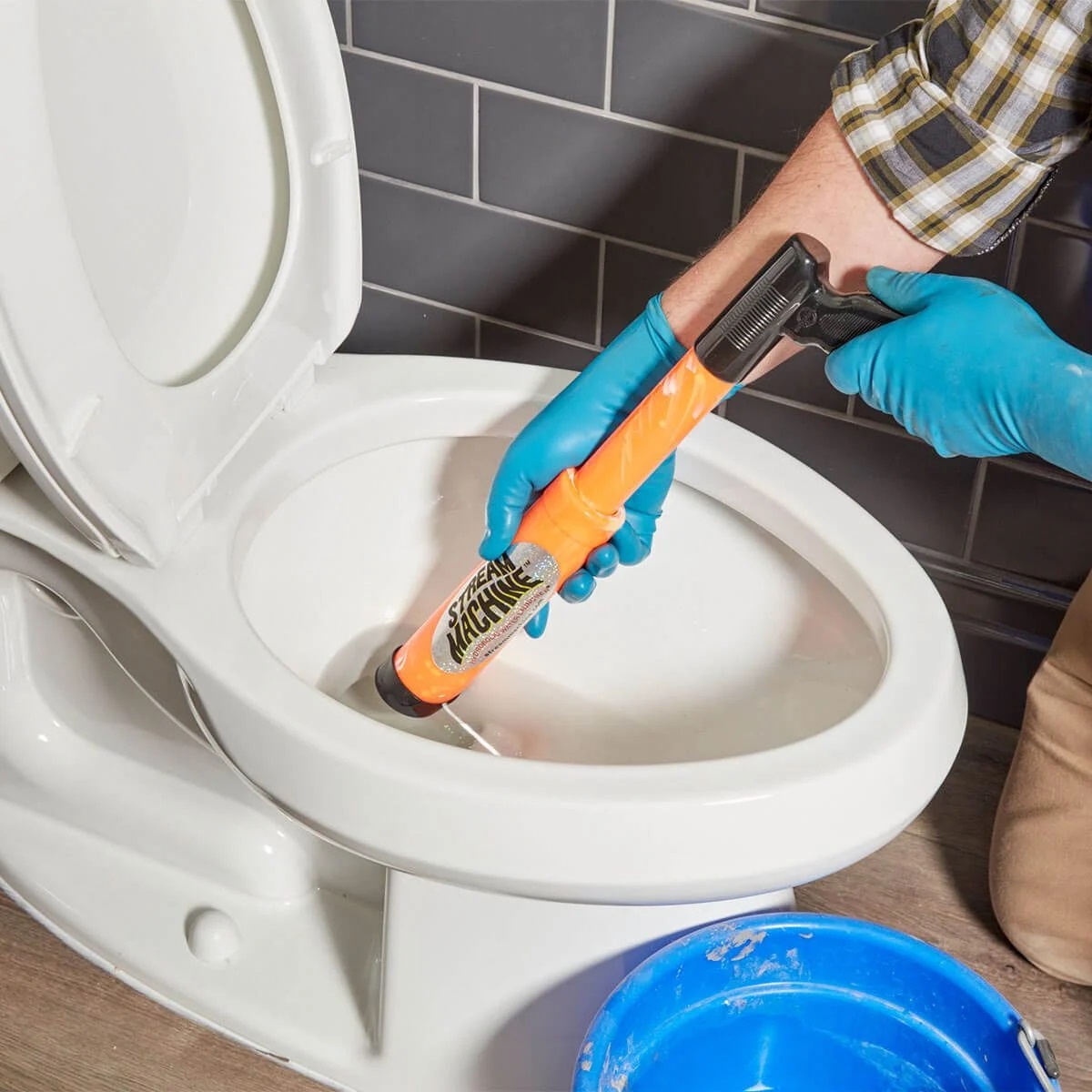
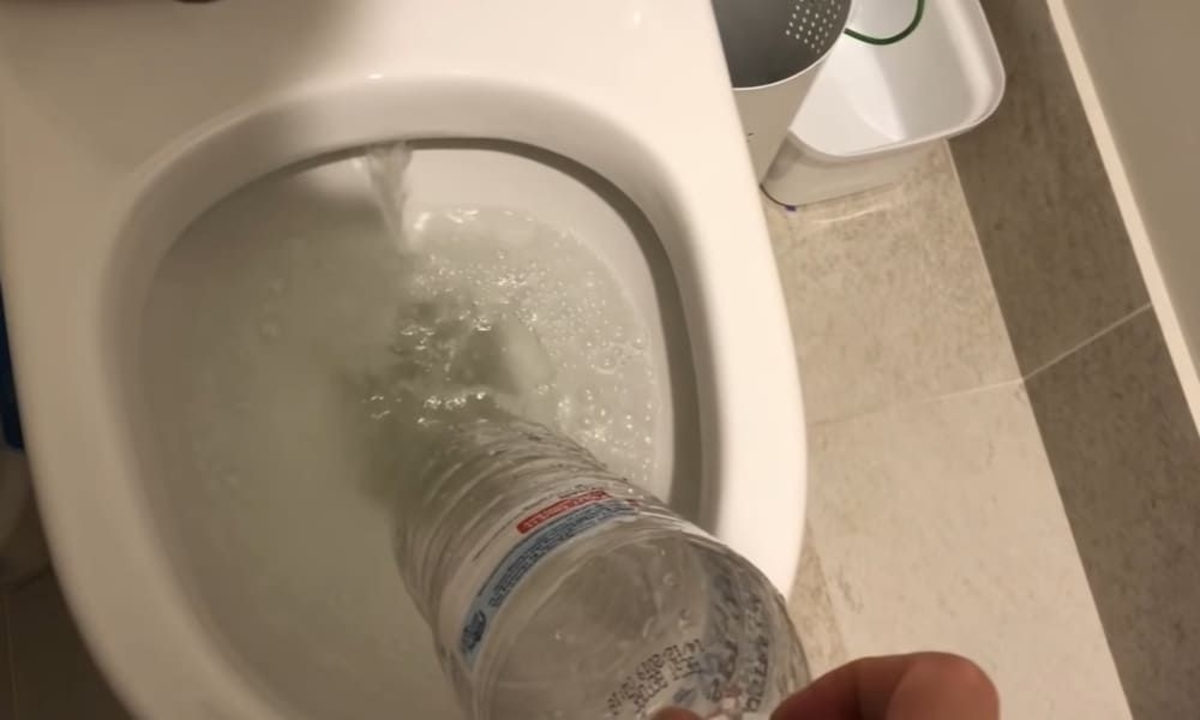
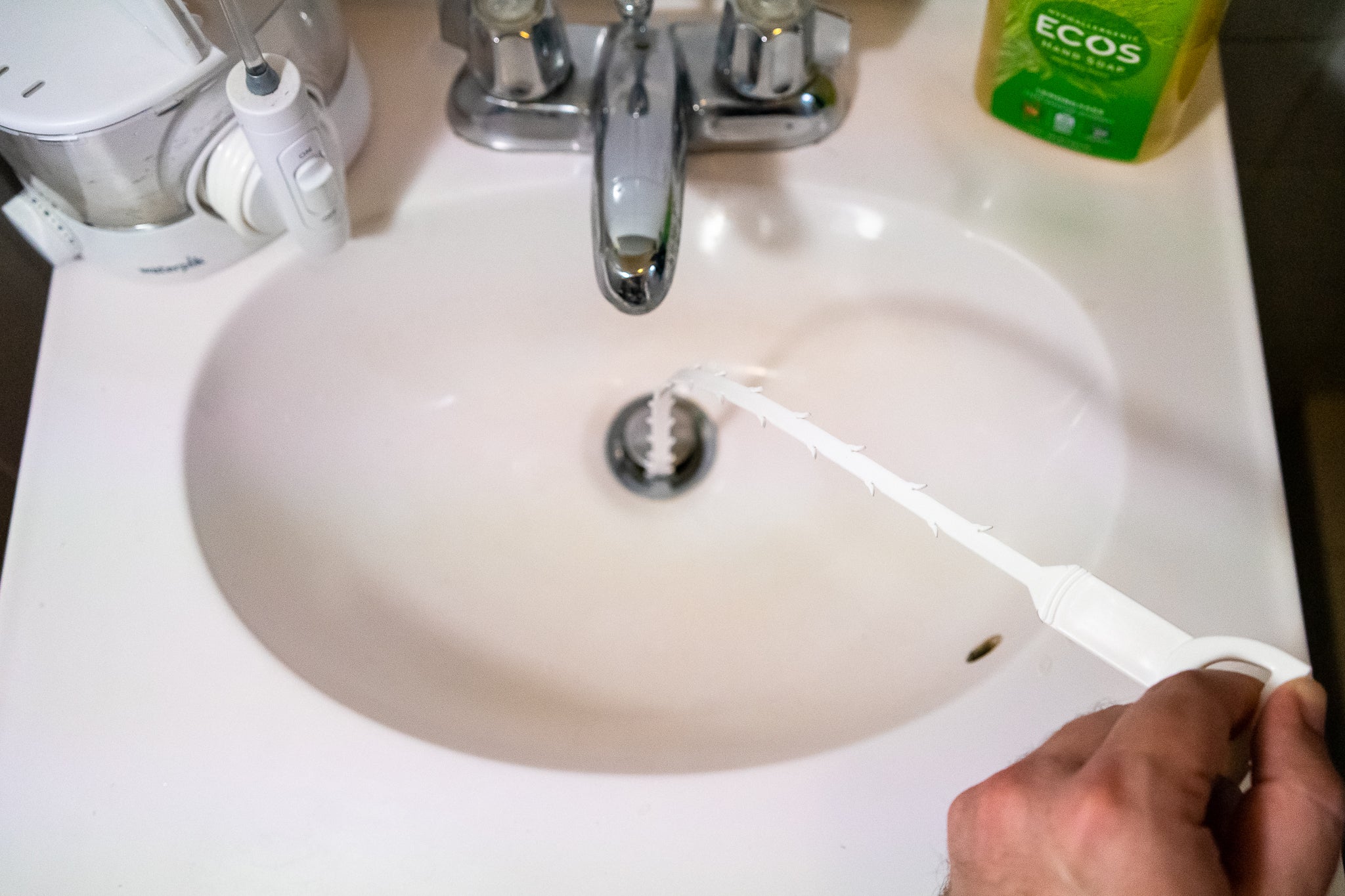
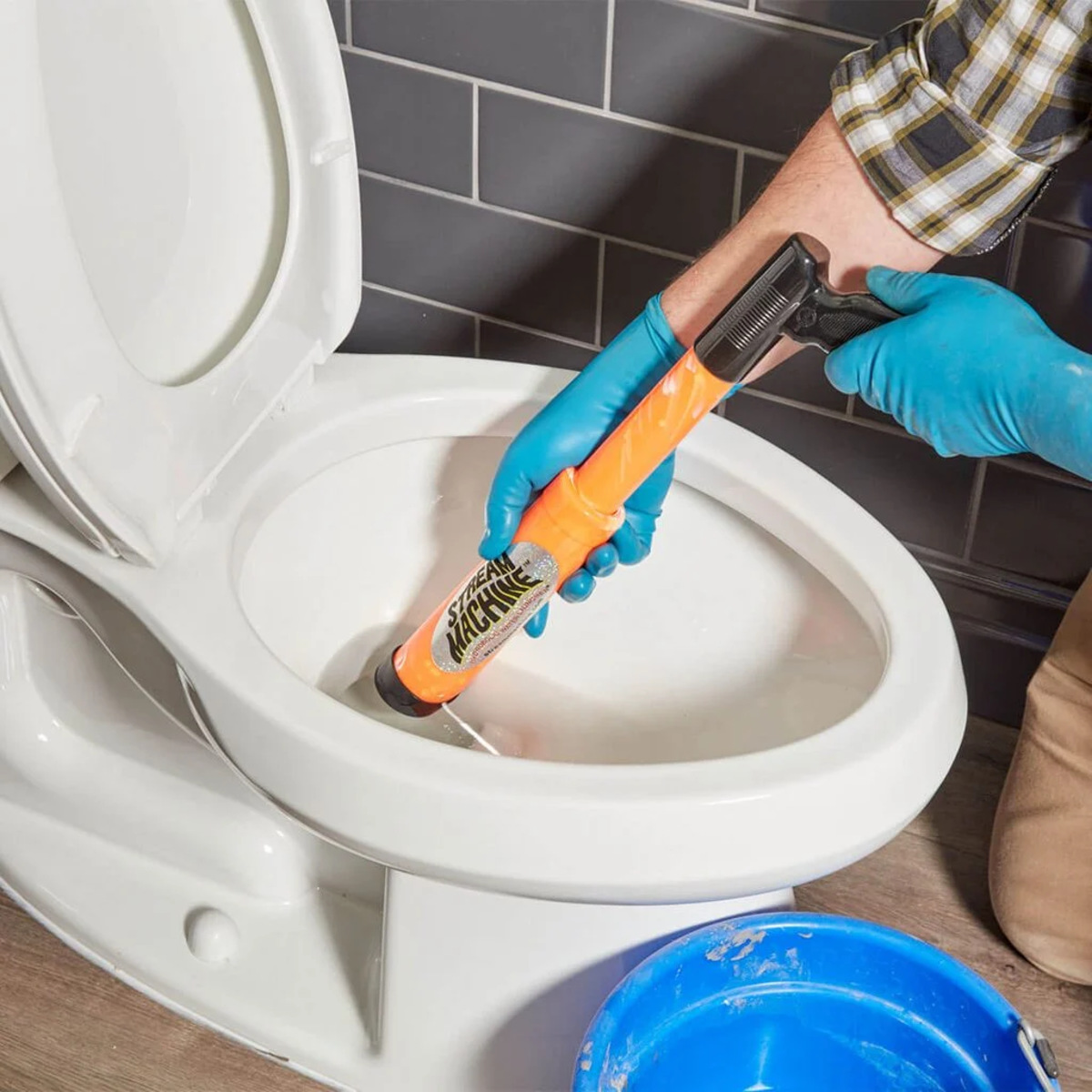
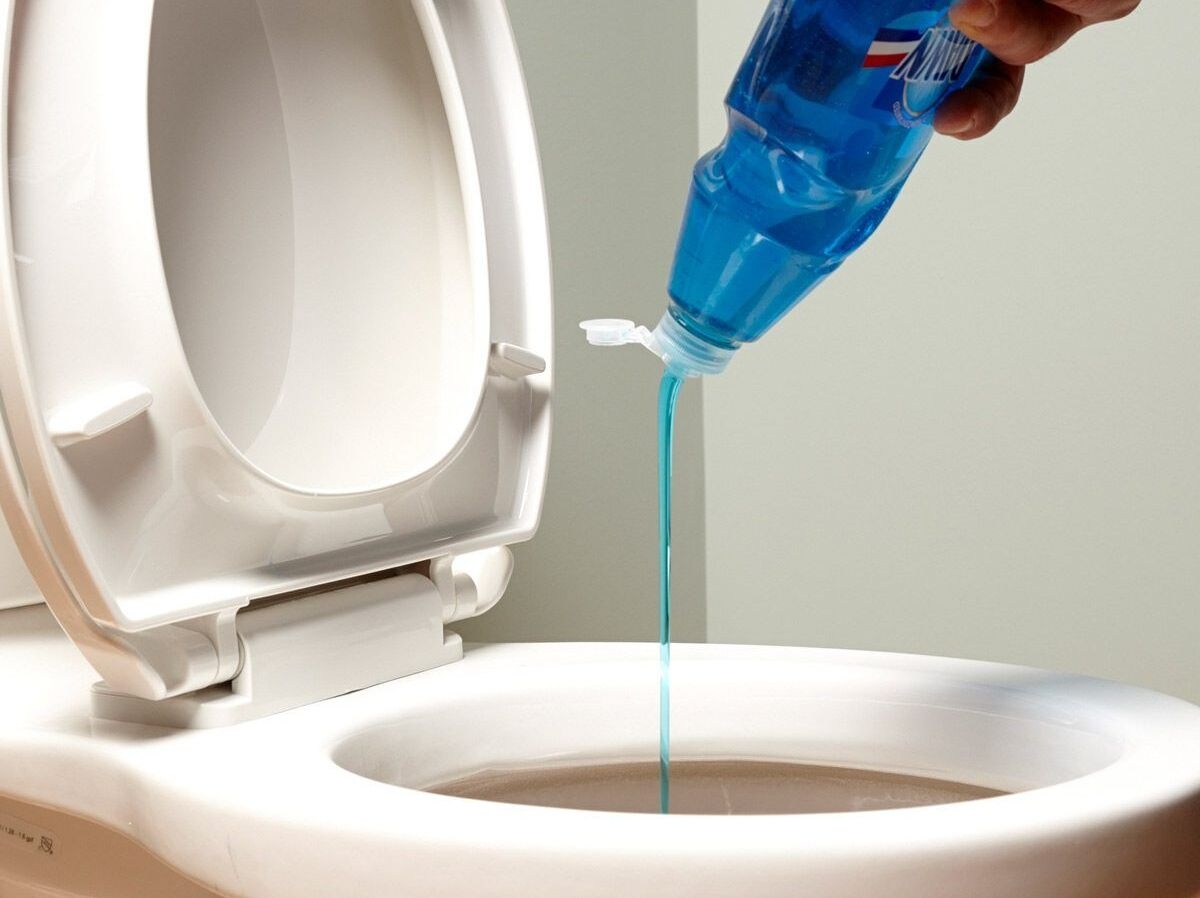
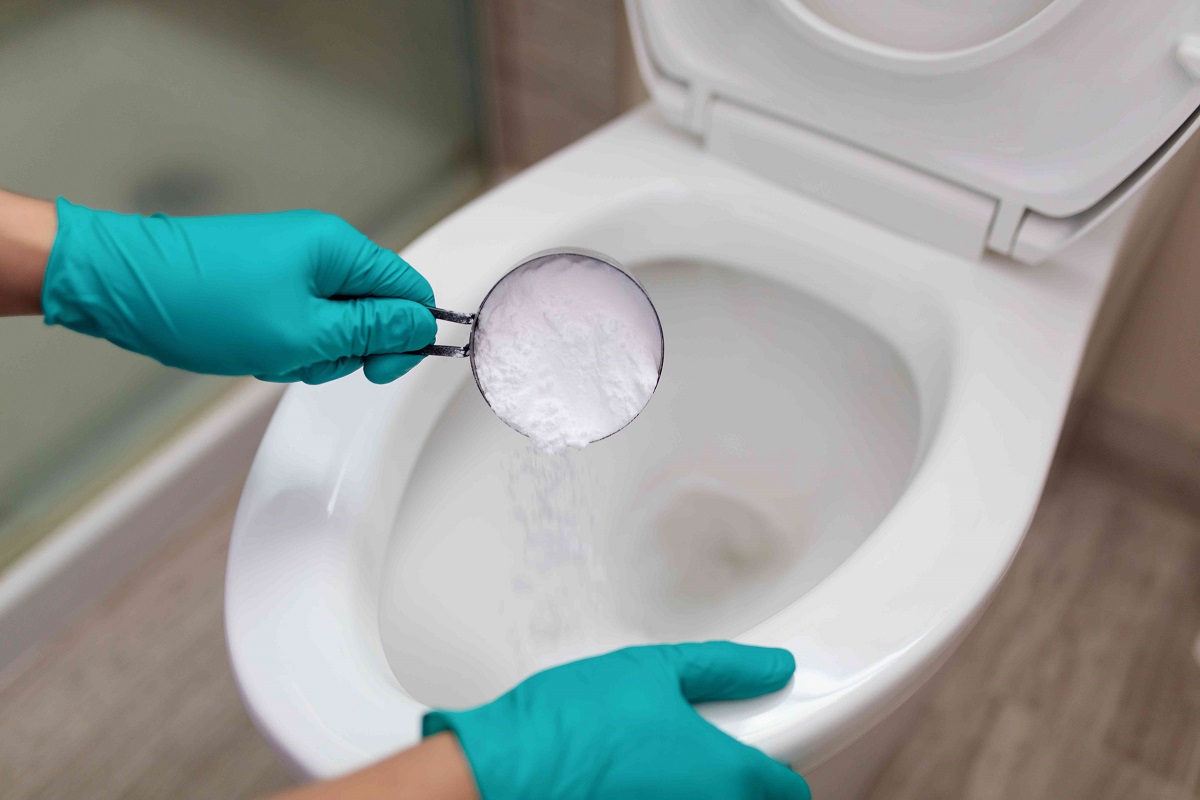
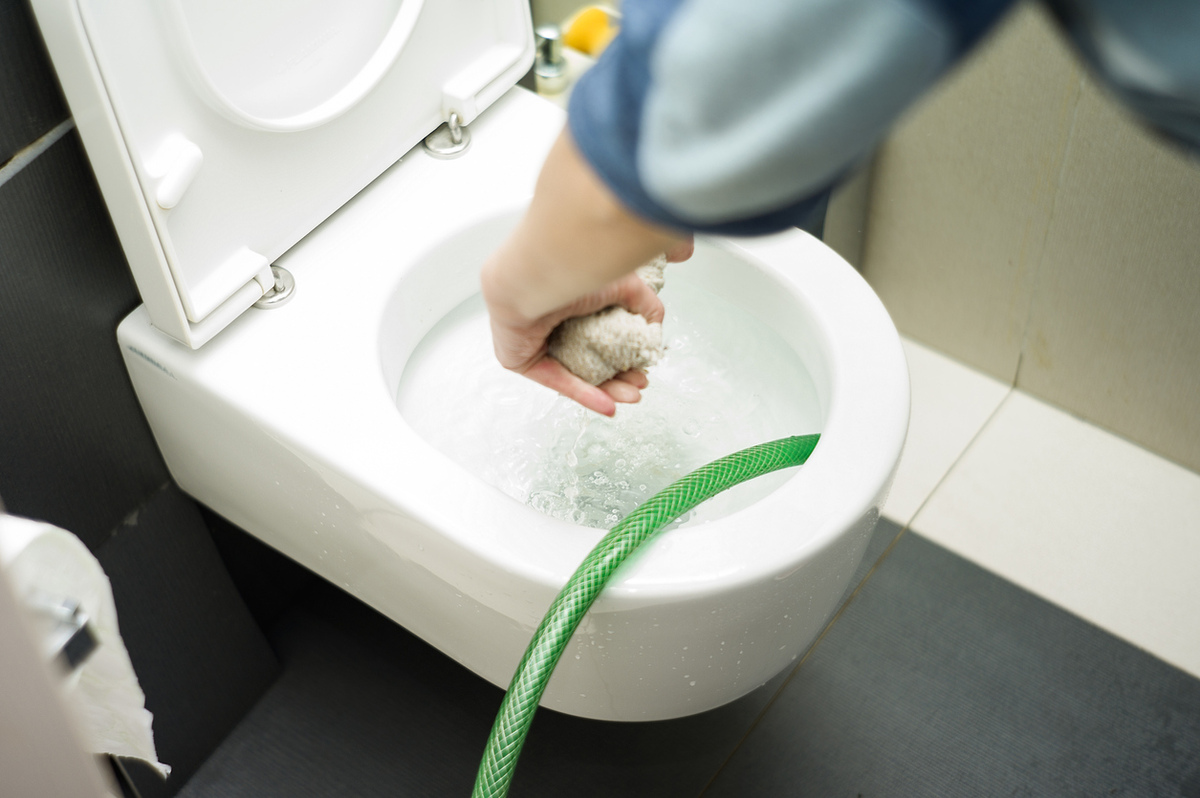
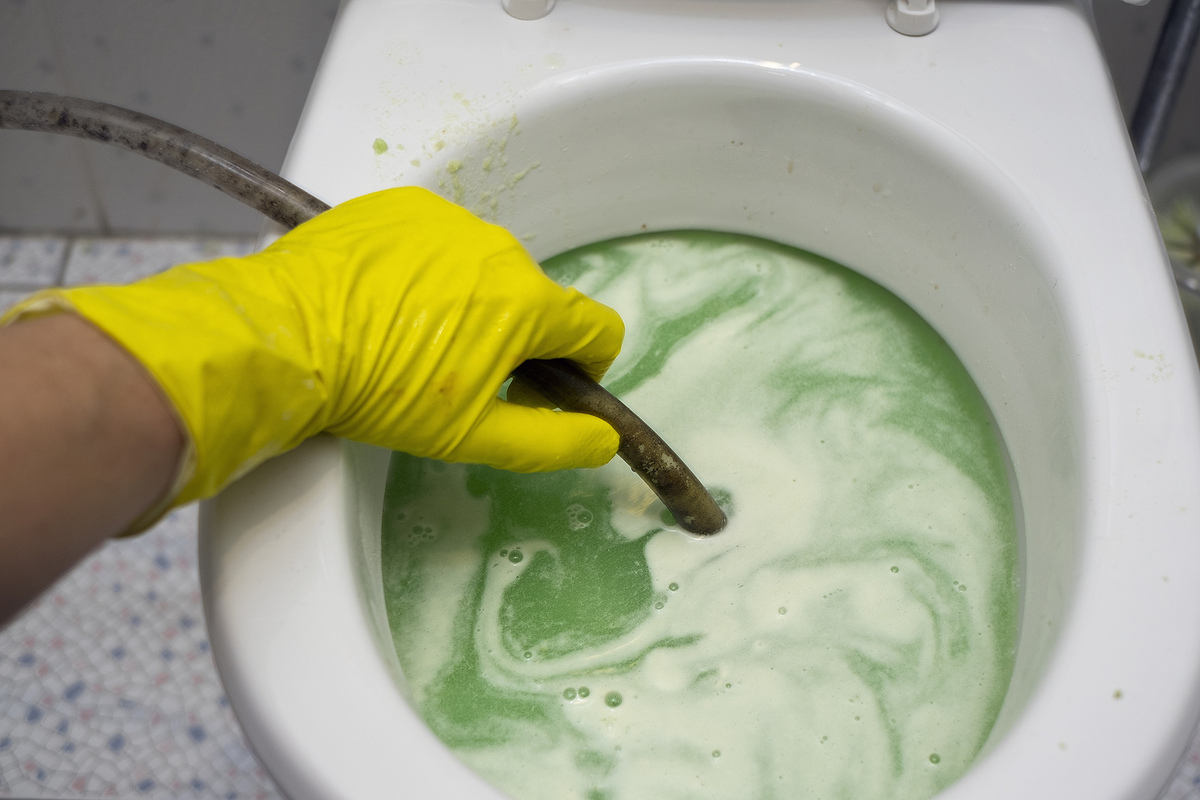
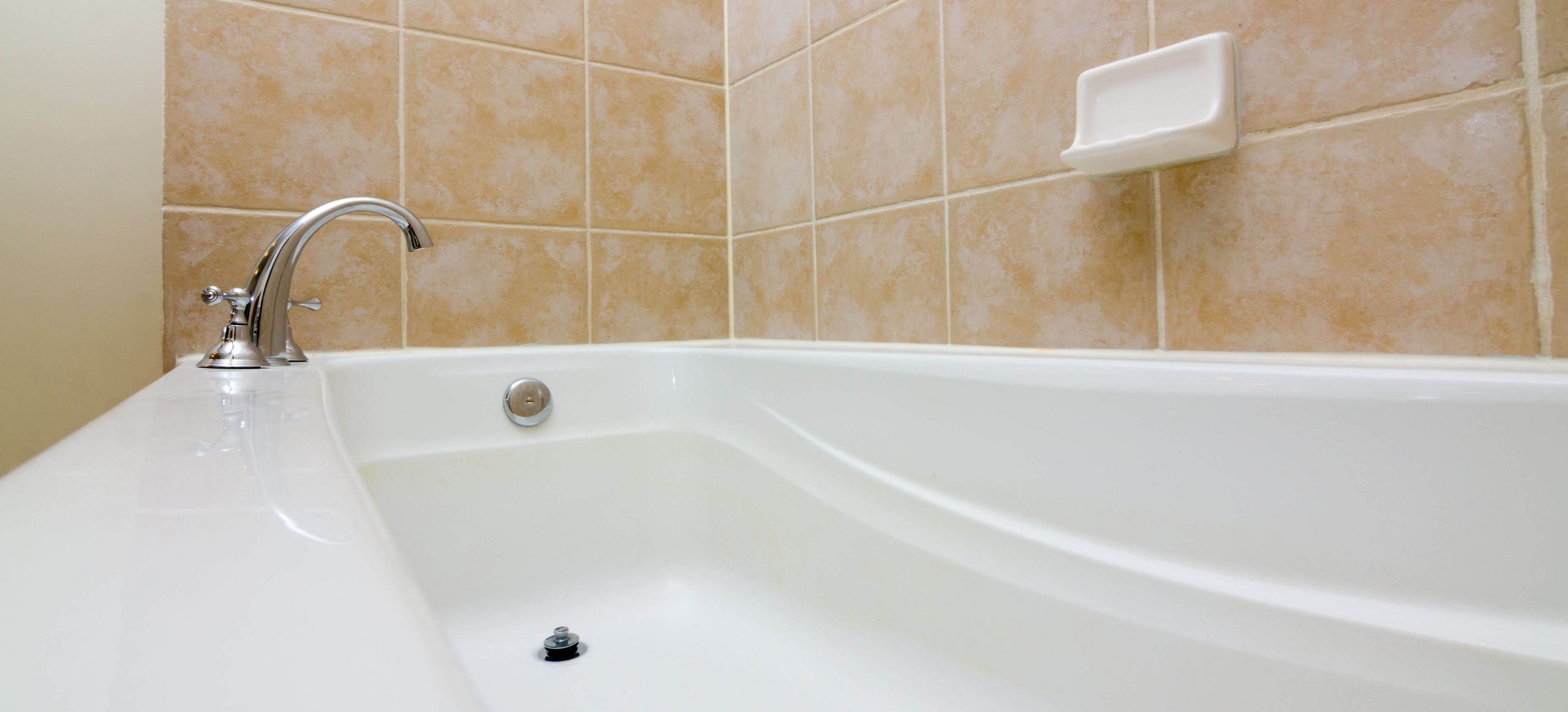
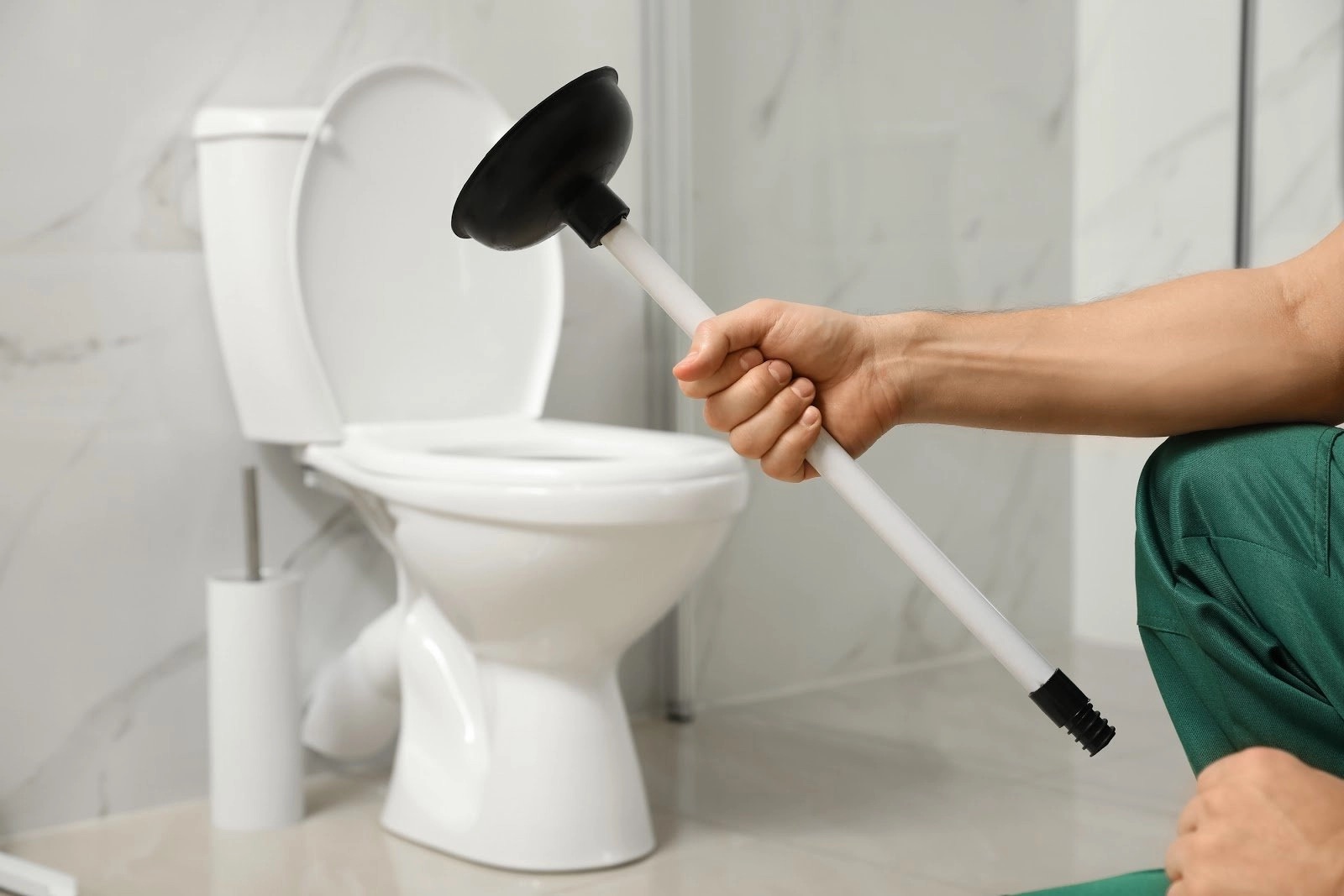
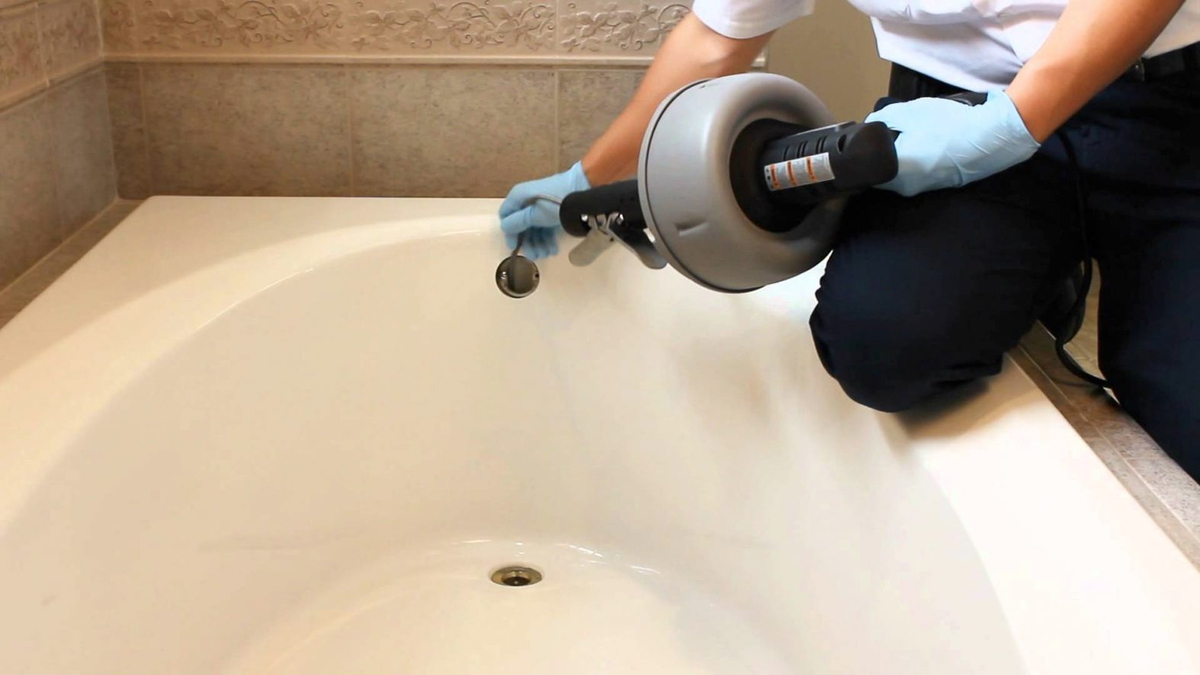
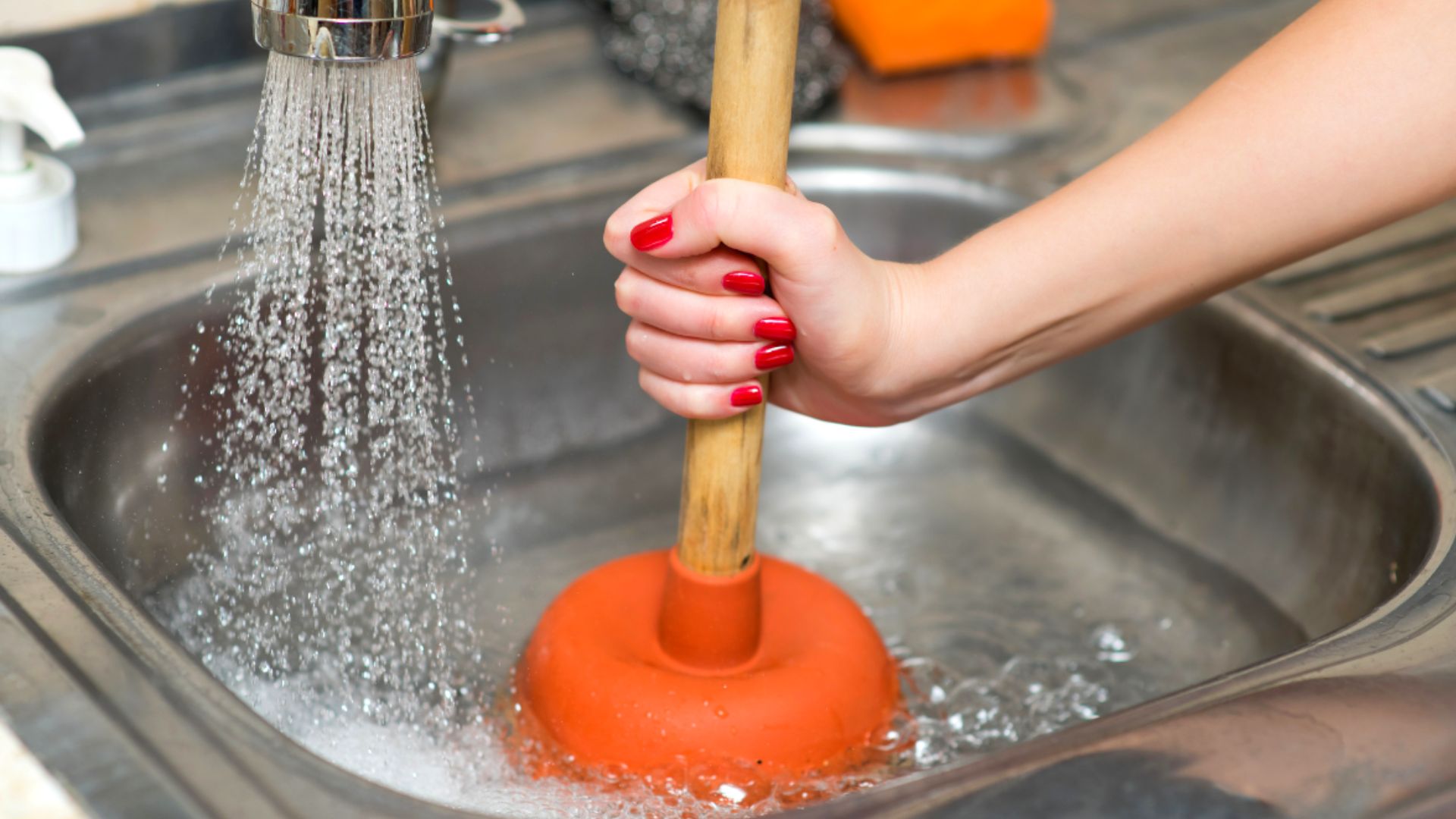
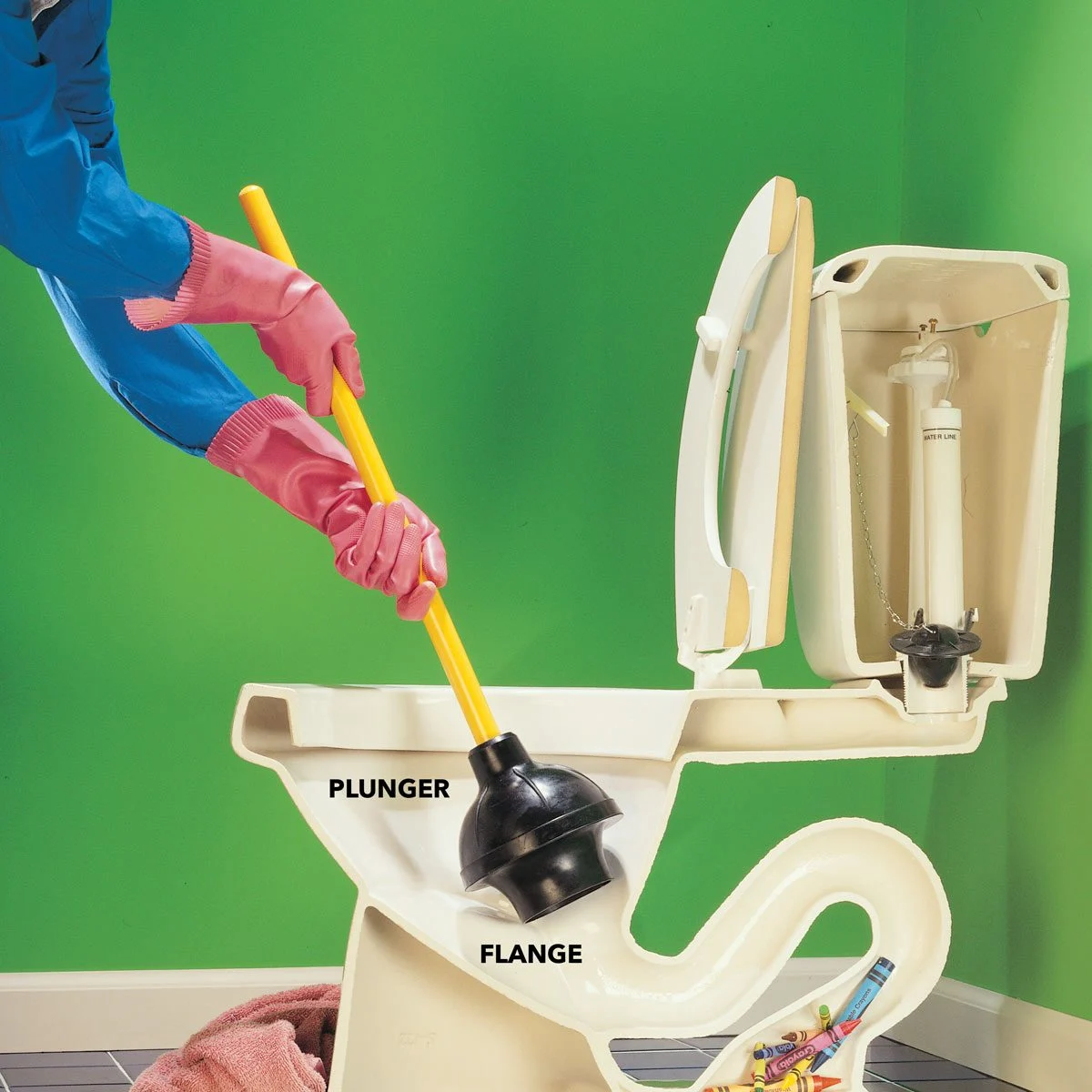
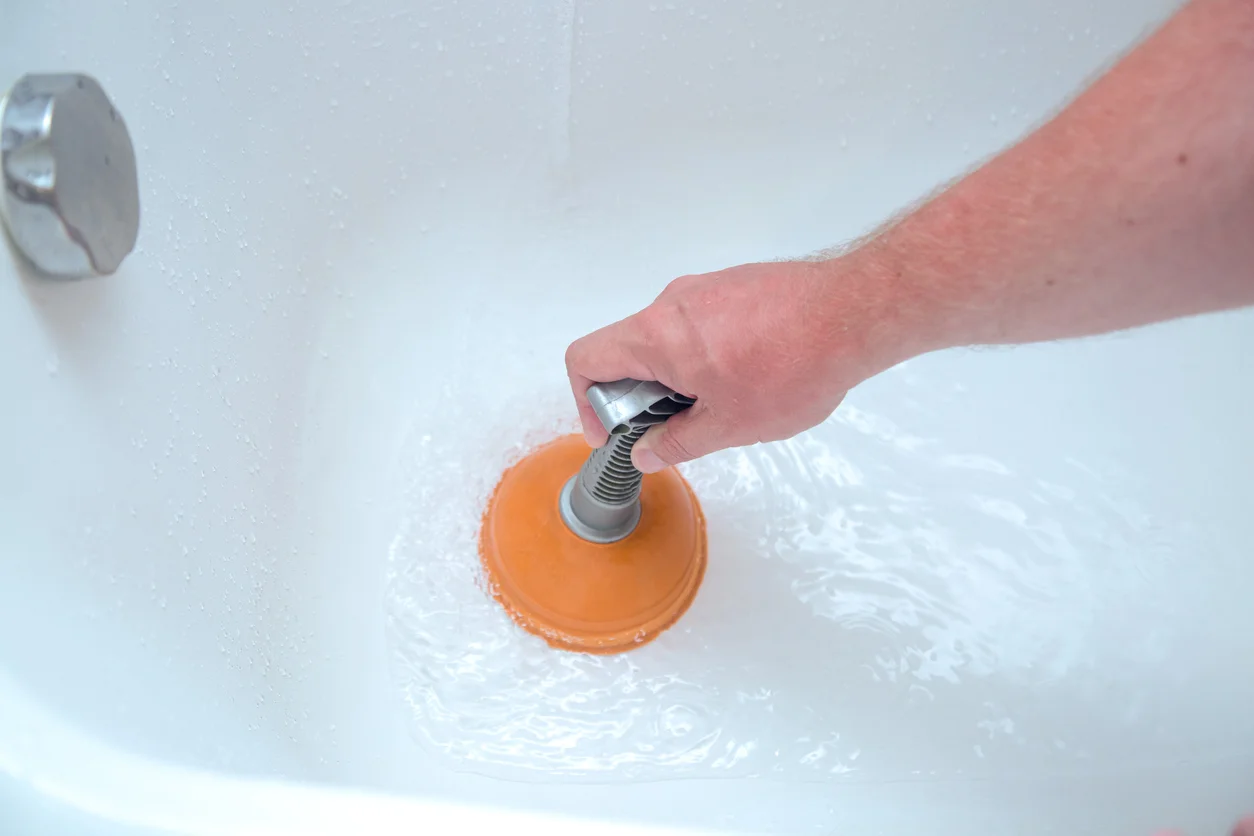

0 thoughts on “How To Unclog A Bathtub Without A Plunger”